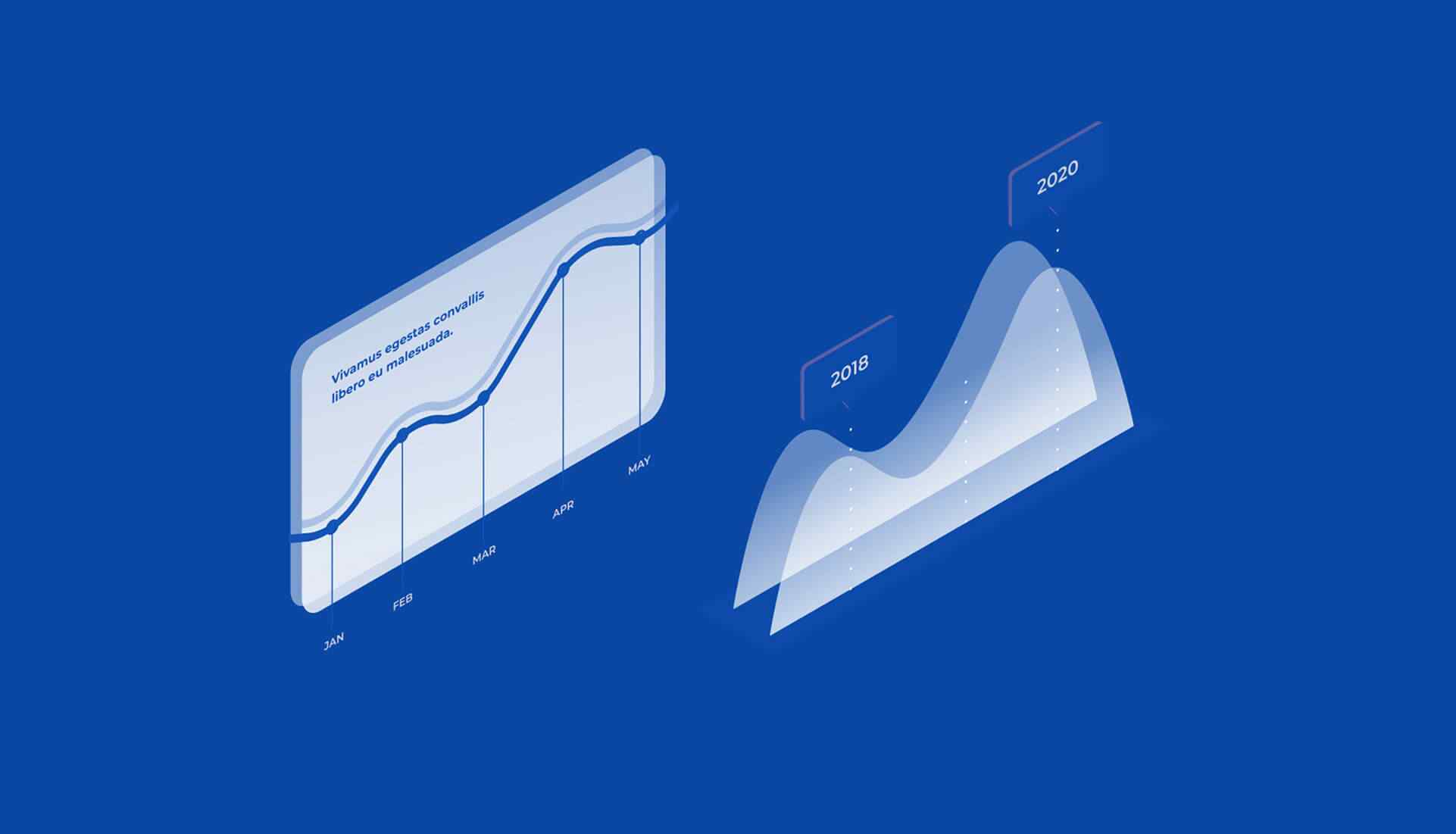Measuring and reporting on risk is a critical aspect of effective risk management within companies. It provides stakeholders with valuable insights into an organisation’s risk profile, helps identify areas of vulnerability, and enables informed decision-making. Here is a brief note on how companies should measure and report on risk:
Define Key Risk Indicators (KRIs): To effectively measure risk, companies should identify and define key risk indicators that are specific to their industry, operations, and objectives. KRIs serve as quantifiable metrics that provide early warning signals of potential risks. They can include financial ratios, operational performance metrics, compliance breaches, cybersecurity incidents, or any other relevant factors that impact the organisation’s risk landscape.
Conduct Risk Assessments: Companies should regularly conduct comprehensive risk assessments to evaluate the likelihood and potential impact of various risks. These assessments should consider both internal and external factors that could affect the organisation. Risk assessments may include scenario analysis, stress testing, and sensitivity analysis to understand the potential outcomes under different risk scenarios.
Establish Risk Appetite and Tolerance: Companies should establish their risk appetite and tolerance levels, reflecting the amount of risk they are willing to accept in pursuit of their strategic objectives. This framework guides decision-making and provides a basis for measuring and reporting on risk. The risk appetite statement should be aligned with the organisation’s overall strategy and be clearly communicated to stakeholders.
Risk Registers: Maintaining a risk register is a common practice in organisations. It is a structured repository that documents identified risks, their likelihood, potential impact, mitigating actions, and responsible parties. The risk register serves as a central reference point for measuring and monitoring risks and facilitates regular updates and reviews.
Risk Scenarios and Stress Testing: Organisations can use risk scenarios and stress testing techniques to simulate potential adverse events and their impact on business operations. This allows them to assess the resilience of their systems, identify vulnerabilities, and evaluate the effectiveness of existing controls. By considering various scenarios, organisations can enhance their risk measurement and reporting capabilities.
Regular Review and Update: Risk measurement and reporting should be an ongoing process, subject to regular review and update. As the business environment evolves, new risks may emerge or existing risks may change in nature or magnitude. Organisations should regularly reassess their risk metrics, review their risk registers, and update risk reports accordingly.
External Reporting Requirements: Depending on the industry and regulatory environment, organisations may be required to report risk information externally. This can include financial disclosures, sustainability reports, or risk management frameworks. Compliance with external reporting requirements ensures transparency and accountability to stakeholders.
Implement Risk Reporting Framework: Companies should establish a robust risk reporting framework that ensures timely and accurate communication of risk information. The framework should define the frequency, format, and content of risk reports. It should consider the needs of different stakeholders, including board members, executives, investors, and regulators. Risk reports should provide a comprehensive view of risks, including their nature, magnitude, and potential mitigating actions.
Use Key Performance Indicators (KPIs): Companies should align risk measurement with key performance indicators to assess the effectiveness of risk management activities. This integration helps organisations understand the relationship between risk and performance. By monitoring risk-related KPIs, companies can identify trends, evaluate the impact of risk mitigation strategies, and make data-driven decisions.
Foster Transparency and Clarity: Effective risk reporting requires transparency and clarity. Companies should provide concise and easily understandable risk disclosures that enable stakeholders to assess the organisation’s risk exposure and risk management practices. The information should be communicated in a way that is meaningful, accurate, and relevant, avoiding jargon or technical language that may hinder comprehension.
Continuous Improvement: Measuring and reporting on risk should be an ongoing process of continuous improvement. Companies should regularly review their risk measurement methodologies, reporting frameworks, and indicators to ensure their relevance and effectiveness. Feedback from stakeholders should be sought and incorporated to enhance the quality and usefulness of risk reporting.
In conclusion, measuring and reporting on risk is vital for companies to gain a comprehensive understanding of their risk landscape and make informed decisions. By defining key risk indicators, conducting risk assessments, establishing risk appetite, implementing a robust reporting framework, utilising key performance indicators, fostering transparency, and continuously improving risk measurement and reporting practices, companies can enhance their risk management capabilities and effectively address potential risks.
Disclaimer: The content of this blog is for informational purposes only and reflects the author’s opinions. While every effort is made to ensure accuracy, the author makes no guarantee of completeness or correctness. The information provided should not be considered as a suggestion or recommendation.


